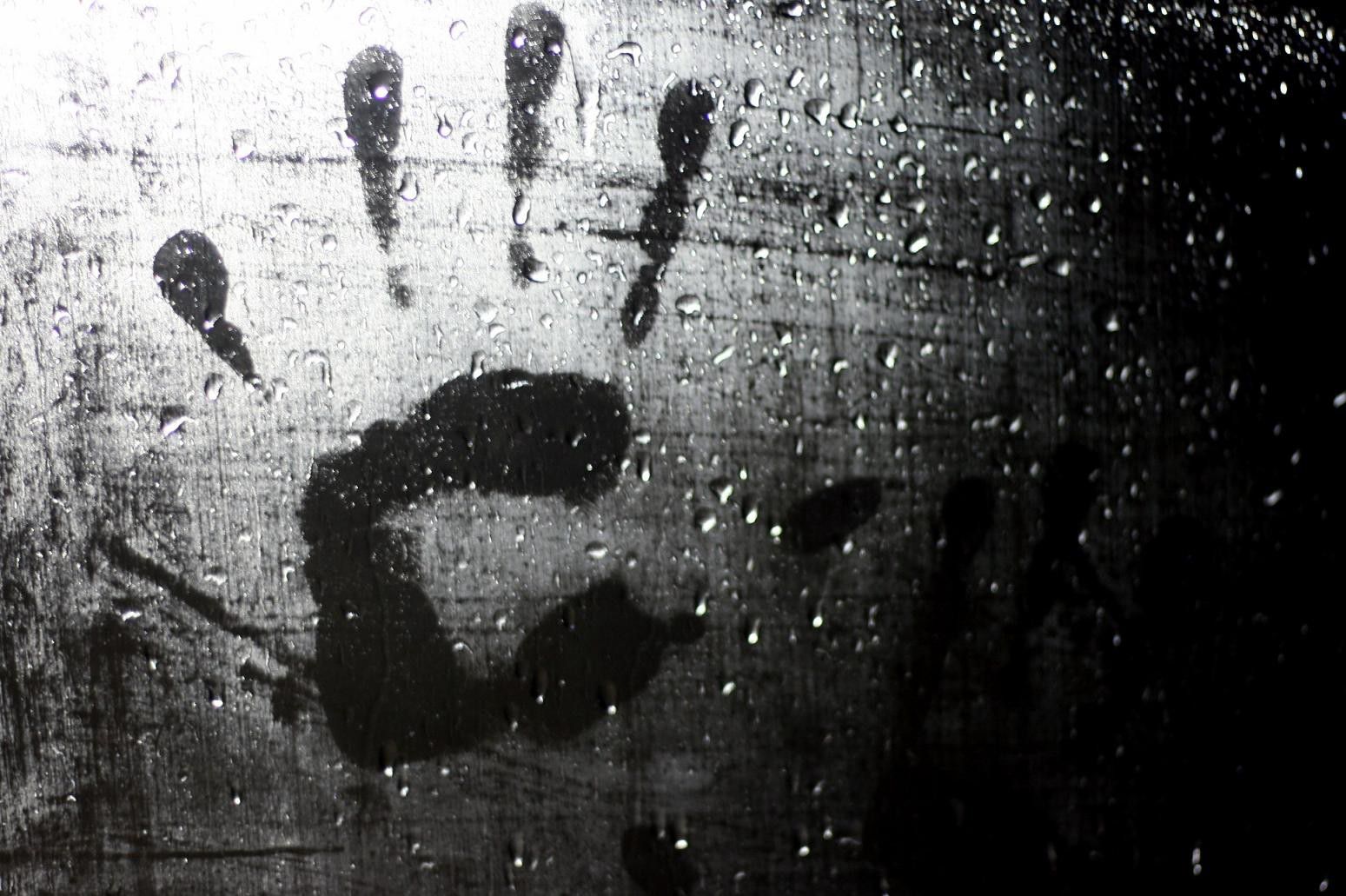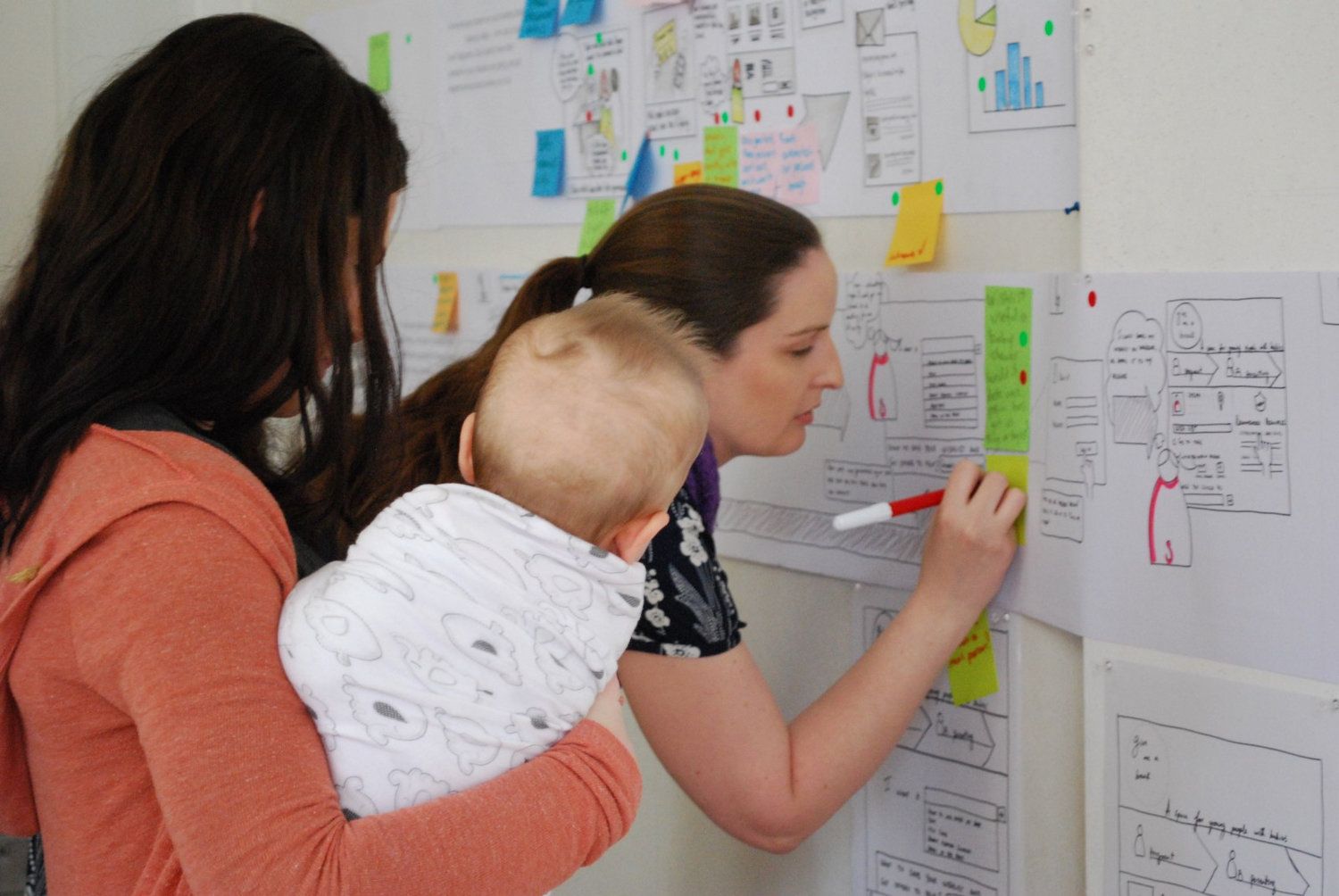Try opening the fucking window

When I’m doing deep research as part of the design process, I’m always tempted to try to create the most exhaustive model of the situation in which I’m immersed. I want to see the whole system, down to the details. What makes it tick? I start to get drawn into an obsessive spiral of curiosity. At a certain point I have to remind myself to stop.
I once designed an online platform that delivered mental health advice to very young parents who were vulnerable to stress, depression and other issues. I ran workshops that involved these kinds of people in an exciting co-design process, which provided them with agency in the design process. I held their babies and even fed them while facilitating. It was awesome.

So far, so good. But then we found myself creating detailed models of what it was like to be pregnant, give birth, etc. We created tables that included ludicrous detail about potential incidents in each trimester. “Week 12: nuchal translucency scan.”
Um. No. We stopped, and got the project back on track.
As a designer, I exist to solve problems or invent new ways to address opportunities, so I have a natural urge to make a map of the situation I’m addressing. This is obviously a good thing. And within those landscapes we designers map, I’m also the first person to champion empathy — putting myself in the shoes of the people who live these situations — as a hugely important way to ensure that I’m designing things that fit their context.
Meanwhile, as my remit has expanded over the years from brand and digital design to fields like service design and the realm of how organisations work, it becomes even more important to understand the breadth and depth of complex ecosystems and the motivations of the actors within them.
But how much “research” is “too much research”? And what is “research”? Collecting facts, feeling what our users feel and creating detailed models are great, but they’re only part of research. Letting these things stand for “research” can be incredibly dangerous. Remember: testing is research. Experimentation is research.
One morning a few weeks ago, I had a long, hot shower. I watched my bathroom slowly fill with steam. Drawing parallels with my design work, I started wondering about how I could “truly understand” the steam. I could maybe build a complex model of the steam’s turbulence using dynamical systems theory. I could try and predict the position of each droplet of steam in the room. Obviously, that approach is valid for certain situations. But what if the true design task in this situation was to see what would happen to the steam if I opened the window?
Since that morning, this is the question I constantly ask myself and my fellow designers:
“Do we need to ‘truly understand’ this thing, or do we need to open the window and see what happens?”
I love making models and channelling the emotions of others. But sometimes you have to just open the window.
First published on Medium.
